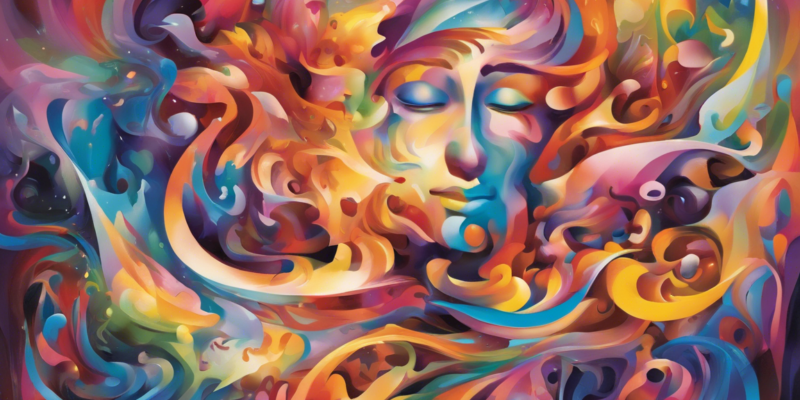Solving the mysteries behind synaesthesia has been a topic of fascination for researchers and scientists for decades. The condition, which involves a blending of sensory perceptions, raises numerous questions about how the brain processes information and the extraordinary ways in which individuals experience the world around them. In this article, we will delve into the complexities of synaesthesia and explore the current understanding of this unique phenomenon.
Understanding Synaesthesia
Synaesthesia is a neurological condition in which stimulation of one sensory or cognitive pathway leads to automatic, involuntary experiences in a second sensory or cognitive pathway. In simpler terms, individuals with synaesthesia may taste words, see sounds, or associate numbers with colors. This blending of senses goes beyond normal perception and creates a rich tapestry of multisensory experiences for those who have it.
Types of Synaesthesia
There are different subtypes of synaesthesia, with the most common being:
-
Grapheme-color synaesthesia: This form of synaesthesia involves seeing letters and numbers as inherently colored.
-
Sound-color synaesthesia: People with this subtype experience sounds or music as having distinct colors.
-
Number-form synaesthesia: In this type, numbers elicit specific spatial locations and mental maps.
Potential Causes of Synaesthesia
The exact cause of synaesthesia remains unknown, but researchers believe that it is likely due to atypical connections in the brain. Studies using neuroimaging techniques have shown differences in brain activity and connectivity in individuals with synaesthesia compared to those without.
Synaesthesia in Literature and Art
Synaesthesia has captured the imagination of artists, writers, and musicians throughout history. Many famous individuals, such as Vincent van Gogh, Vladimir Nabokov, and Pharrell Williams, have claimed to have synaesthetic experiences that influenced their work. In literature, synaesthesia often serves as a literary device to evoke vivid imagery and create a sensory-rich experience for the reader.
Synaesthesia in Music
Musical compositions sometimes evoke synaesthetic experiences for listeners, with certain pieces of music being described as “colorful” or “tasting sweet.” This phenomenon highlights the close relationship between sound and color and the power of music to stimulate multiple senses simultaneously.
Synaesthetic Language
In linguistic terms, synaesthesia can also refer to the blending of senses in language. Metaphors like “loud colors” or “bitter cold” tap into this sensory cross-wiring to convey complex emotions and experiences in a vivid and evocative manner.
Research on Synaesthesia
Recent advances in neuroscience have shed light on the underlying mechanisms of synaesthesia. Researchers have identified possible genetic links to the condition, suggesting that it may be hereditary in some cases. Additionally, studies using brain imaging techniques have revealed structural and functional differences in the brains of synaesthetes, particularly in regions associated with sensory processing and connectivity.
Challenges in Studying Synaesthesia
Despite these breakthroughs, studying synaesthesia presents several challenges. The subjective nature of synaesthetic experiences makes them difficult to quantify and measure objectively. Researchers also face the task of distinguishing genuine synaesthesia from other forms of sensory overlap or metaphorical language.
FAQs about Synaesthesia
1. What causes synaesthesia?
The exact cause of synaesthesia is not fully understood, but it is believed to involve atypical neural connections in the brain.
2. Can synaesthesia be inherited?
Synaesthesia can run in families, suggesting a genetic component to the condition.
3. Are there treatments for synaesthesia?
There is no specific treatment for synaesthesia, as it is not considered a disorder. Individuals with synaesthesia often learn to adapt to their unique perceptual experiences.
4. How common is synaesthesia?
Synaesthesia is estimated to affect about 4% of the population, though the prevalence may vary depending on the subtype.
5. Can synaesthesia be simulated or induced in individuals who do not have it?
Some research has shown that temporary synaesthetic experiences can be induced in non-synaesthetes under certain experimental conditions, suggesting that the brain may be more flexible in its sensory processing than previously thought.
In conclusion, synaesthesia continues to be a captivating area of study that offers insights into the complexities of human perception and cognition. By unraveling the mysteries behind synaesthetic experiences, researchers are not only gaining a deeper understanding of the brain but also exploring the boundless possibilities of the human sensory experience.














Comments